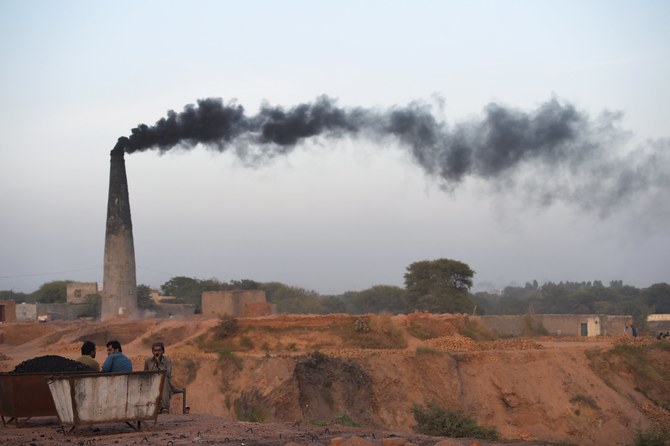Islamabad, Over 77 percent polluting brick kilns converted to cleaner Zig-Zag technology in federal capital, climate change ministry spokesperson.
As many as 49 out of total 63 conventional brick kilns located within the federal capital territory, which accounted for significant portion of choking air pollution, have been converted to zig-zag technology, a move that will significantly help mitigate the air pollution woes in the capital and surrounding areas, said climate change and environmental coordination ministry senior official Muhammad Saleem.
While four traditional brick kilns have been dismantled, remaining 10 air-polluting traditional brick kilns are presently being shifted on to the environmentally-friendly modern, cleaner zig-zag technology, the official added.
The senior ministry official and media spokesperson, Muhammad Saleem stated that the traditional brick manufacturing sector significantly contributes to the country’s breath-choking air pollution and greenhouse gas emissions, as such brick kilns relies on dirty energy sources for baking bricks, mainly coal, rubber and shoe soles as fuel, emitting lethal black carbon emissions into the atmosphere.
But, now with the conversion to the zig-zag technology the cleaner brick kilns technology would help reduce levels of the breath-choking carbon emissions by 60 percent and save their owners energy expenses by 30 percent, he added.
“It’s indeed a great milestone the ministry of climate change and Environmental Coordination (MoCC&EC) and Pakistan Environmental Protection Agency Islamabad (Pak-EPA-Islamabad) supported by the Islamabad administration and other stakeholders managed to achieve the milestone with well-coordinated efforts despite various bottlenecks to fight escalating problem of air pollution in the capital city and its rural areas,” the official Muhammad Saleem said.
He highlighted that while most of the air-contaminating brick kilns were located in rural areas of the capital city, these adjoining areas would particularly benefit from the cleaner air after the conversion of the traditional kilns to the cleaner brick-making zig-zag technology.
Explaining about the traditional brick-making process, which is highly health and environmentally-damaging, the ministry’s media spokesperson said that such brick producing process consist of hand-made bricks, which are baked in Fixed Chimney Bull’s Trench Kilns (FCBTK), a widely used brick firing technology in South Asian countries including Pakistan, ranked as the most contaminating techniques for brick production, resulting in myriad adverse social and environmental effects including air pollution, climate change, cardio-respiratory diseases, land use impacts and deforestation.
The traditional kiln types and fuels it burns, make it difficult to accurately identify the make-up of air pollutants emitted by the sector, but they likely include sulfur oxides, nitrogen dioxide, carbon monoxide, carbon dioxide (CO2), forms of particulate matter (PM) including black carbon, and additional compounds released by burning coal and other fuels, the ministry official Muhammad Saleem highlighted.
He also emphasised that the black carbon (a major component of soot from the brick kilns) is produced basically as a result of the incomplete combustion of fossil fuel and biomass. Besides, it is also notoriously known for its planet-warming impact on climate for being 460 to 1500 times stronger than CO2.
The ministry official explained that the black smoke emitted by the traditional brick kilns, transport and industrial sectors is highly polluting and toxic, which is extremely dangerous for the public health and environment as well as a key cause of blinding and breath-suffocating smog. The black smoke is among the main causes of asthma, respiratory diseases, eye infections and other various lung-related diseases in humans.
The climate change and environmental coordination ministry media spokesperson Muhammad Saleem highlighted, “given the backdrop of adverse health and environmental impacts, the efforts were taken by the federal ministry for introducing the zig-zag technology to only mitigate the issues of not only the emission toxic black carbons that cause smog, but also overall air pollution in the federal capital and its adjoining rural areas.”






